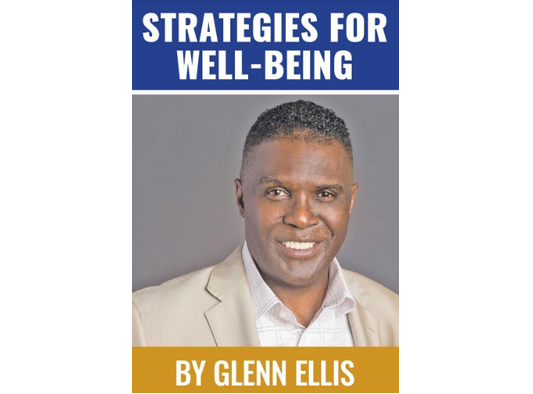By Glenn Ellis
Before you start planning how you are going to celebrate the holidays with family and your friends, you should be aware that COIVD-19 still here and the colder months will bring new challenges. The Centers for Disease Control and Prevention (CDC) says, “the main way the virus spreads is through close contact with virus-containing droplets – large and small – that are emitted when someone coughs, sneezes, sings, talks or breathes.” This takes on a whole new meaning now that we are entering the colder months when we will be forced to spend more time inside.
Don’t be fooled, you can be infected, or infect someone, even if they are more than six feet away, or if the infected person leaves the room or area. In fact, remember, the CDC updated its guidance in August and said, “coronavirus can spread more than six feet through the air, especially in poorly ventilated and enclosed spaces.”
Now, here is the connection between COVID-19 and colder weather.
As you can see, the outdoors, social distancing in public, outside restaurants are slowly going away. At the same time, competing forces are battling to increase the number of people that can gather inside at public events and places; while we all are readjusting (again) to spending more and more time inside our homes. On top of that the holiday season is fast approaching.
Research has shown that since most of us live in households with others and we work in those “essential jobs” they keep talking about. What it all means is that we have the kind of jobs that puts us at greater risk for exposure to the virus, and an even greater likelihood of getting infected, bringing it home, and infecting those you live with. Studies show that almost 70 percent of COVID-19 transmission is the direct result of household infection. This is spite of all of the appropriate community control sanitary and hygienic measures being in place and followed.
This is of particular interest as we all are thinking about how we are going to socialize and celebrate the holidays with friends and families. For some of you who’ve hosted these types of gatherings over the years, there are people (family and friends) who are accustomed to planning their annual holidays around your home. We must rethink (unfortunately) the nieces, nephews, grandchildren, and a gaggle of others who you must now give serious thought to “where have they been?” and “who have they been around”?
Keep in mind what happens when you get together during “normal” times: laughing; talking; singing; maybe even some dancing. All of these are things that put you at great risk for transmission and/or infection. Here’s how the CDC put it, “spread occurred in poorly ventilated and enclosed spaces where people were doing activities that caused heavier breathing, like singing or exercise.”
We need to become more familiar with the term “superspreader.” We first heard of the term with the 2003 Severe acute respiratory syndrome (SARS) epidemic. It wasn’t until then that scientists began observing the “80/20” rule with this type of viral pandemic. The 80/20 rule calculates that 20 percent of the most infected people responsible for 80 percent of all viral transmission. Even though it’s an extreme case, just one infected person who went to church in a South Korean city, is said to be responsible for infecting over 5,000!
While fewer than 60 percent of all people in the U.S. say they’d be ready to get a COVID-19 vaccine, only 48 percent of African Americans say they will get one, according to a survey from Stat and Harris Poll. At this point, about 10 percent of the American population has been infected according to estimates by the CDC. As more of us get infected, and as people begin to get a vaccine once one is approved, transmission should begin to slow down.
Even though it seems unlikely that there will be an approved vaccine before we get the end of the season, we need to weigh our decision on whether to take it very carefully. Not getting a COVID-19 vaccine increases your risk to a nearly 1 in 100 chance of death, not to mention the lingering threats of heart disease, lung damage and even brain damage.
Whatever you and your family decide, please carry out your holiday gatherings with the greatest degree of caution. If you must have family and friends in your home, or if you find yourself in a gathering in a home or other enclosed area, maintain excellent personal hygiene; make sure that shared toilets are clean and disinfected, and be vigilant with possible exposure common spaces, like door knobs, and other common touch points. If you are gathering for meals, please consider staggering mealtimes, and not sharing utensils or dishes.
Let’s not forget to think about our elders, seniors and those who are sick with pre-existing health issues. Be smart, so we can all get together, in person, for the holidays next year.
Glenn Ellis, MPH is a Visiting Scholar at The National Bioethics Center at Tuskegee University and a Harvard Medical School Fellow in Research Bioethics and Writing. He is author of Which Doctor? and Information is the Best Medicine. For more good health information visit: www.glennellis.com.




